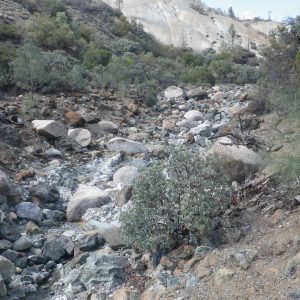First, an introduction:
Since the last posting on this project (‘A Sucker for Suckers’), we’ve been inundated with… suckers! Katie’s catch of 240 at the weir on the 20th was followed by numbers in the 600s early the following week, providing ample practice handling, transporting and processing the strong, slippery fish. Still, a swift face slap every now and then keeps us on our toes and reminds us that we’re dealing with several feet of disgruntled muscle.
Considering their apparent overall health and relatively large numbers, it’s easy to forget at times that these two species are endangered. The key issue is recruitment of new adults, which basically hasn’t occurred to any significant degree since the early 90s. This means that despite reasonably low death rates (owing to over 40-year lifespans), the current populations are continually aging and declining by about 10 percent each year. The research conducted at GS is therefore divided into two broad goals: investigating potential causes of juvenile die-offs in pursuit of management solutions, and monitoring the status of the adult populations.
One of the aspects of the adult monitoring program that’s impressed me most is the extent to which advances in technology and other innovations have been embraced over the course of the study. We record data on specifically-programmed computer devices to improve processing efficiency, maintain consistency, and virtually eliminate separate data entry. A variety of antenna and power systems in different arrangements are employed to gain the best coverage and signal for picking up the PIT tags depending on conditions at the site. The layout of the weir structure can be adjusted as the spawning season progresses to allow easier passage for fish returning downstream without compromising tag detections. Some of the remote stations have even been set up to send information on battery levels and data volume directly from the field to the office so that the limited personnel can be distributed to areas that are most in need of attention. With all of this, it becomes evident very quickly that a lot more time and effort has gone into maximizing data collection and minimizing disturbance to the fish than most of the general public is probably aware.
This was actually our last week at GS, which may have been for the best since my dry suit finally kicked the bucket on Friday! It’s been a great time, though, and it will be interesting now that we’re transitioning over to FWS to compare the inner-workings of two federal agencies that are tackling some of the same projects from different angles. Next stop: Modoc suckers!
Tommy Esson
Klamath Falls, OR








































